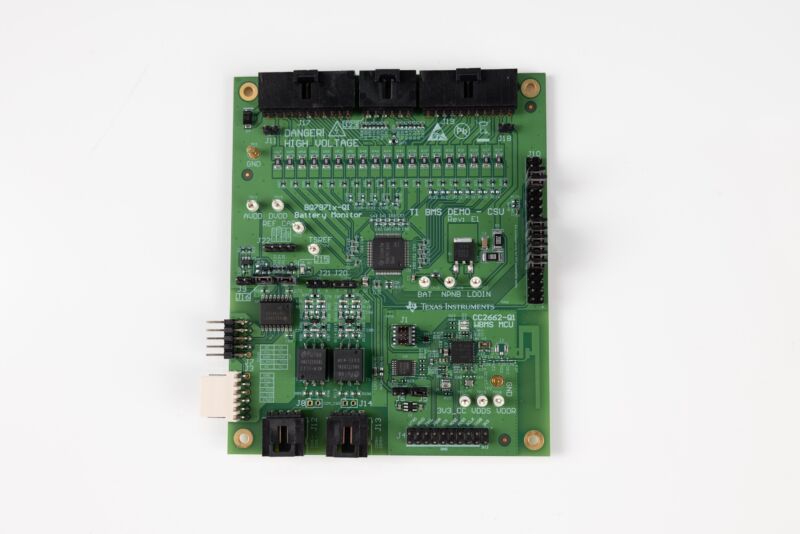
One of the more exciting developments to come to electric vehicles over the past few years has been the development of lithium-iron phosphate cells as an alternative to more traditional lithium-ion chemistries that use minerals like nickel, manganese, and cobalt. Now, a new battery management system, or BMS, could mean much more accurate range predictions for EVs with these batteries.
Why LFP?
LiFePO4, or LFP, batteries were mostly the province of Chinese EV makers until last year thanks to a series of exclusive patent licenses signed with the US and Canadian researchers who first developed the technology. But those patents are expiring, and non-Chinese automakers are beginning to adopt LFP batteries.
LFP cells dislike very cold weather more than an equivalent NMC or nickel-cobalt aluminum cell, and they also store less energy. But that last bit might in fact be an advantage to this chemistry—there's no danger that an LFP pack will combust or explode in a crash, so there's much less need to surround the pack with a heavy protective shell.
That in turn means that while the cells are less energy-dense, energy density at the pack level actually increases because more of the volume is given over to battery cells instead of crash structures. LFP batteries also have longer useful lifetimes than NMC or NCA packs. LFP cells were about 20 percent cheaper per kWh than NMC cells in 2022.
It's little wonder, then, that Tesla switched to LFP cells for many cars in 2021 and that Ford is adding LFP cells to the Mustang Mach-E this year and the F-150 Lightning pickup truck in 2024.
More accurate measurements mean more accurate range prediction
To get the full benefit from LFP battery chemistry, Texas Instruments has developed a new BMS (for both the battery packs and cells) that's much more sensitive than existing systems. "In our previous generation, we're able to go down to 3.5 millivolts, and that is state of the art. Now in this latest generation, we're about three and a half times better—1 millivolt," explained Sam Wong, who works on BMSes at TI.
That's necessary because of the very flat discharge curve of LFP cells. "It'll start from 4 volts, it'll go down, it'll stay very flat," explained Mark Ng, manager of marketing for EV powertrains at TI. "When you're at 70 percent charge to 30 percent charge, in that region [the discharge curve] stays flat, and that's where you need this 1-millivolt accuracy. Because if I'm not accurate, I have no clue whether I'm [at] 70 percent charge or 40 percent charge," Ng told me.
That inaccuracy could be as much as 63 miles (100 km) for a 300-mile (483-km) EV compared to a BMS with only 10-mV accuracy. The more accurate BMSes also benefit NMC or NCA chemistries, although to a much lesser degree—there's an improvement in the margin of error from about six miles for a 300-mile EV down to about half a mile.
There's also a functional safety benefit to the new BMSes, which meet the toughest ASIL-D automotive safety standard. "With this device, we're able to measure the voltage twice using the redundancy inside the chip to tell the system that there's something wrong if it doesn't agree with each other. It's almost like a voting system—'I'm saying this battery is 4 volts and the other side is saying 3 volts"—something must be wrong with [the battery]," Ng explained.
Beyond that, the new BMSes are able to cope with both 400 V and 800 V packs and can be specified wirelessly—something General Motors has already adopted for its family of Ultium packs using an earlier iteration of TI's tech—which reduces the need for copper wiring in the packs, which in turn reduces both cost and weight.



3175x175(CURRENT).thumb.jpg.b05acc060982b36f5891ba728e6d953c.jpg)

Recommended Comments
There are no comments to display.
Join the conversation
You can post now and register later. If you have an account, sign in now to post with your account.
Note: Your post will require moderator approval before it will be visible.